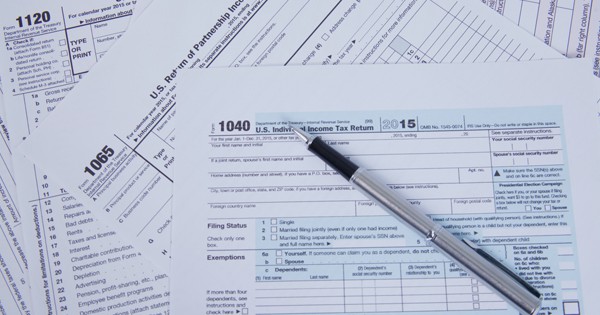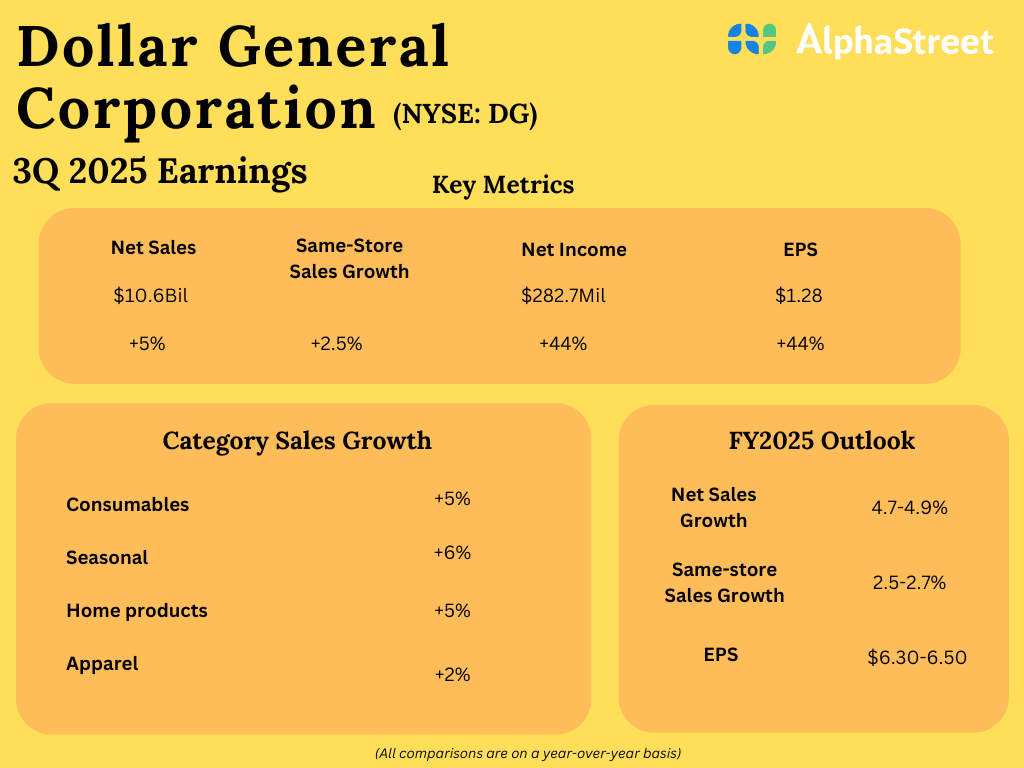After Canada’s snap elections in the spring of 2025, the 2025 budget was put on hold. This also stalled important taxA tax is a mandatory payment or charge collected by local, state, and national governments from individuals or businesses to cover the costs of general government services, goods, and activities. policies. In recent years, Canada’s capital cost recoveryCost recovery refers to how the tax system permits businesses to recover the cost of investments through depreciation or amortization. Depreciation and amortization deductions affect taxable income, effective tax rates, and investment decisions. policy has seen significant changes, so it is essential to understand why the current policy is worth maintaining and extending.
A capital allowanceA capital allowance is the amount of capital investment costs, or money directed towards a company’s long-term growth, a business can deduct each year from its revenue via depreciation. These are also sometimes referred to as depreciation allowances. is the amount of capital investment costs a business can deduct from its revenue through the tax code. When businesses cannot fully deduct capital expenditures in real terms, they make fewer investments in equipment and machinery, which also reduces worker productivity and wages. Companies should be allowed to fully deduct their capital investments in real terms—either through full expensingFull expensing allows businesses to immediately deduct the full cost of certain investments in new or improved technology, equipment, or buildings. It alleviates a bias in the tax code and incentivizes companies to invest more, which, in the long run, raises worker productivity, boosts wages, and creates more jobs. or neutral cost recovery. Instead, depreciationDepreciation is a measurement of the “useful life” of a business asset, such as machinery or a factory, to determine the multiyear period over which the cost of that asset can be deducted from taxable income. Instead of allowing businesses to deduct the cost of investments immediately (i.e., full expensing), depreciation requires deductions to be taken over time, reducing their value and disco schedules specify the life span of an asset—often derived from the economic life of an asset—and determine the number of years over which an asset can be written off. However, in most cases, these depreciation schedules do not consider the time value of money (a normal return plus inflation). As a result, businesses cannot fully deduct the net present value of capital investment. This inflates taxable profits, which, in turn, increases the cost of capital investment.
Improving capital allowances in these ways is an especially cost-effective way to raise investment because it directly lowers the cost of capital for new investment without negatively affecting tax revenue from the existing capital stock.
Temporary Full Expensing
In 2018, the Canadian government increased its capital allowances as a response to the temporary bonus depreciation provided by the 2017 Tax Cuts and Jobs Act (TCJA) in the United States. In 2018, Canada adopted temporary immediate expensing for equipment and machinery used in the manufacturing and processing of goods, and for clean energy investments. It also adopted accelerated depreciation schedules for non-residential buildings and intangible assets. Now, these policies are scheduled to phase out until they fully expire after 2027.
Buildings used in manufacturing and processing will see their first-year write-off drop from 15 percent in 2019 to 10 percent in 2028; other nonresidential buildings, from 9 percent to 6 percent. Without full expensing, Canada’s deduction for equipment and machinery will decrease from 100 percent in 2019 to 93.48 percent in 2028, measured in net present value terms. Additionally, by the end of 2028, intangible assets will experience the second-lowest capital cost recovery in the OECD, at just 43 percent. Although Canadian businesses could deduct 77.8 percent of their capital investments across all asset types in 2019, this figure is projected to decline to 72.7 percent by 2028.
However, during the 2024 fall economic statement, the former Canadian government intended to temporarily reinstate the accelerated investment incentives and full expensing for equipment up to 2030. As the 2025 budget is currently being drafted, their expiration should be reversed and the provisions made permanent.
Missed Opportunity
While the government hopes that the 2025 budget will “catalyze investment and economic growth” across Canada, in the draft legislation released on August 15, there are no references to accelerated investment incentives or immediate expensing. For now, the draft legislation only plans to enhance the scientific research and experimental development tax incentive program, a provision that could reach up to 18,000 corporations. However, the number of companies that would benefit from accelerated investment incentives and immediate expensing would be much larger. In 2022, around 355,000 corporations made new additions under the accelerated investment incentive, and 16,600 corporations made additions to machinery and equipment.
Usually, the fiscal costs of accelerated depreciation peak in the first years of implementation and steeply decline thereafter, because accelerated depreciation schedules merely shift capital allowances forward in time once without increasing their nominal value. This means that the peak fiscal costs of the provisions for the Canadian Treasury have already been incurred.
The Benefits of Permanent Full Expensing
Under the current policy, Canada has the 5th best capital cost recovery system in the OECD. However, in 2025, Canada dropped to the 6th position, due to the US implementing full expensing, and it will drop to the 13th position in 2028, once all these provisions expire. To maintain its current position, Canada should follow the US’s lead, as it did after the 2017 TCJA, and make full expensing permanent.
In the United States, bonus depreciation, which was adopted in 2017, started phasing out in 2023. However, in 2025, full expensing was made permanent. According to Tax Foundation estimates, this provision will raise GDP in the long run by 0.6 percent and increase the stock of capital by 1 percent. Additionally, the US will temporarily provide 100 percent expensing for qualifying structures (covering close to 100 percent of all industrial buildings), with the beginning of construction occurring after Jan. 19, 2025, and before Jan. 1, 2029, and placed in service before Jan. 1, 2031. This represents roughly 10-15 percent of all buildings and structures in the US. These provisions will temporarily give the US the 3rd best capital cost recovery system in the OECD.
While temporary measures, like the ones Canada has in place, may accelerate some investment decisions already planned, a permanent expansion of capital allowances would increase the level of investment overall and support economic growth over the long term. If Canadian policymakers let the measures expire, their macroeconomic benefits will disappear as investment falls and melts the capital stock down to its previous level over time. At the same time, the peak fiscal costs have already been incurred by the Canadian Treasury.
Rather than adopt temporary policies that phase out and expire, Canada should focus its efforts on long-term reforms to support investment. Canada should aim to permanently provide immediate deductions for investments in machinery and equipment, and provide adjustments for inflationInflation is when the general price of goods and services increases across the economy, reducing the purchasing power of a currency and the value of certain assets. The same paycheck covers less goods, services, and bills. It is sometimes referred to as a “hidden tax,” as it leaves taxpayers less well-off due to higher costs and “bracket creep,” while increasing the government’s spendin and the time value of money for all other capital investments.
Stay informed on the tax policies impacting you.
Subscribe to get insights from our trusted experts delivered straight to your inbox.
Subscribe
Share this article





























